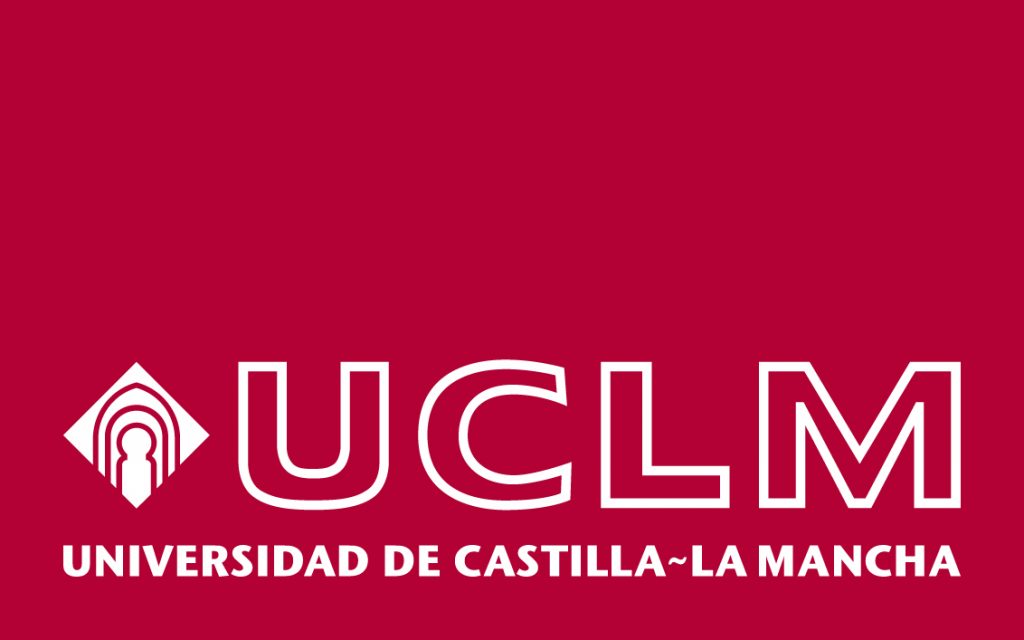Validation and transfer of oncological data and biomarkers based on mathematical models (AFTERbioMATH)
MOLAB has 15 years of experience in the mathematical modeling of cancer. During this time, our results have led to the development of biomarkers that identify characteristics of the disease by studying data routinely taken in the clinics. Also, the close collaboration with clinicians has led to the collection of large databases of high-quality cancer patients’ scans which may be very valuable for other research groups. This project intends to bring our research to the next level by enabling implementation of previous results into the clinical practice. We will generate software tools to help the clinician in decision-making. First, we will develop an app to predict relapse in acute lymphoblastic leukemia after first-line treatment. Second, we will implement our results regarding the differentiation of radio necrosis from relapse in brain metastases into a user-friendly program to assist medical doctors. Finally, we will release our database of MRI scans from brain metastases patients to enable further work from other research groups.















